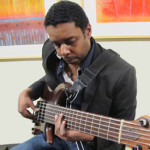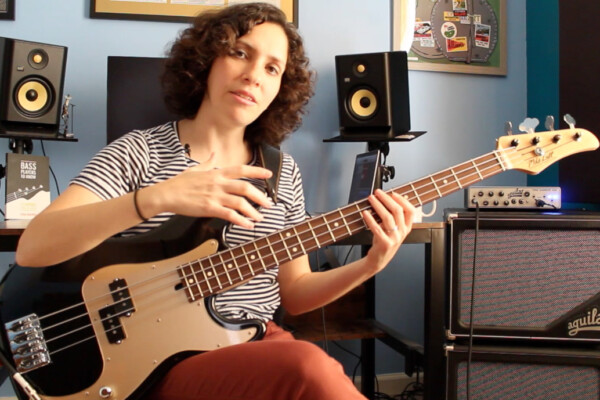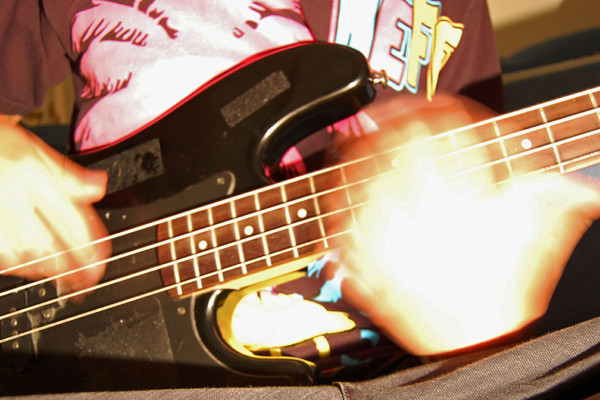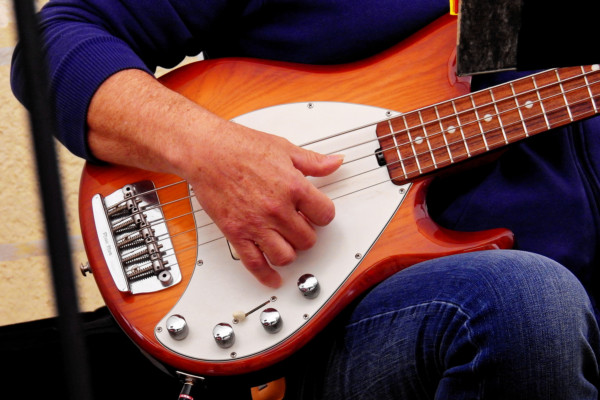The Brown’stone: Tips to Improve Your Bass Tone
One of my most frequently asked questions has to do with my tone. So this week in The Brown’stone on No Treble, I will show how I get my tone, but I’ll also give you some tips on how you can achieve your desired tone.
I won’t be using any fancy instruments for this lesson, just my cheap Squier to demonstrate how you can achieve a decent tone on almost any instrument. I hope this video helps you.
Rich Brown is a Canadian electric bassist, composer, educator, producer, and online radio broadcaster. He has recorded three albums as a leader and is featured on over 70 recordings covering a wide range of musical genres. Rich is also the host of his own weekly online radio show “New Origins” on JazzCast.ca, and has a YouTube channel called The Brown’stone dedicated to bass/music education. Check out his music on Bandcamp.




Great tone talk. I’ve been playing mainly Fender Jazz basses since ’73, and I used the Jaco setup for quite a while, especially back when I used an Acoustic 360. I am currently playing a Fender Jazz 24 which has the bass, mid and treble controls and I use all bass, half mid, half treble, even split on the pickups. Will experiment with your take. By the way, I’m convinced Precision basses sound better in the studio, while Jazz basses sound better live. Rock on!
I don’t read much about headroom, yet having sufficient headroom is key to being able to play with a light touch while still getting the tone you want. For example, I play with a 1KW Trickfish Bullhead and either a 1KW Schroeder 1201PL or a pair of Phil Jones Bass (PJB) C-4 cabinets. The Schroeder can handle the full output of the Trickfish, and the PJB setup can handle 60% which is generally plenty!
I play a variety of 4 and 5 strings, most with preamps, some just passive, so I start finding my tone in this manner: First I set the amp completely flat. Then I set the tone control(s) on the bass completely flat as well, with the volume(s) all the way up. Then I set the amp’s input gain to the maximum amount of input signal I can get, without clipping. That insures I have the maximum amount of headroom available without distortion.
From this point on, it becomes a function of which bass I am playing, what genre, and where I want to sit in the mix. There is only one cardinal rule here – set your tone so that you are not interfering with anyone else, and communicate with your bandmates to make sure they are not interfering with you.
Beyond that, there are no hard and fast rules at this point – you must rely on your ears and an understanding of what tone you are going for. But if you have allowed yourself the most headroom, then you can use a light(er) touch which, to me at any rate, is a better more flexible choice and helps improve your right hand consistency. If you don’t have enough headroom (bass or amp limitations), or don’t leave yourself enough headroom (due to improper adjustments of amp, bass, or both), you end up digging in too hard which affects everything in the wrong direction.
Once you have figured out how to get the most headroom, then you can start adjusting the various tone controls to suit what you are going to be playing. Adjusting Amplifier Master Volume should have NOTHING to do with tone or headroom. Master Volume adjustments should only affect stage volume and that’s it. I set Master Volume at the sound check and leave it alone after that.
I hope that helps.
Very well presented & very much appreciated – thank you!